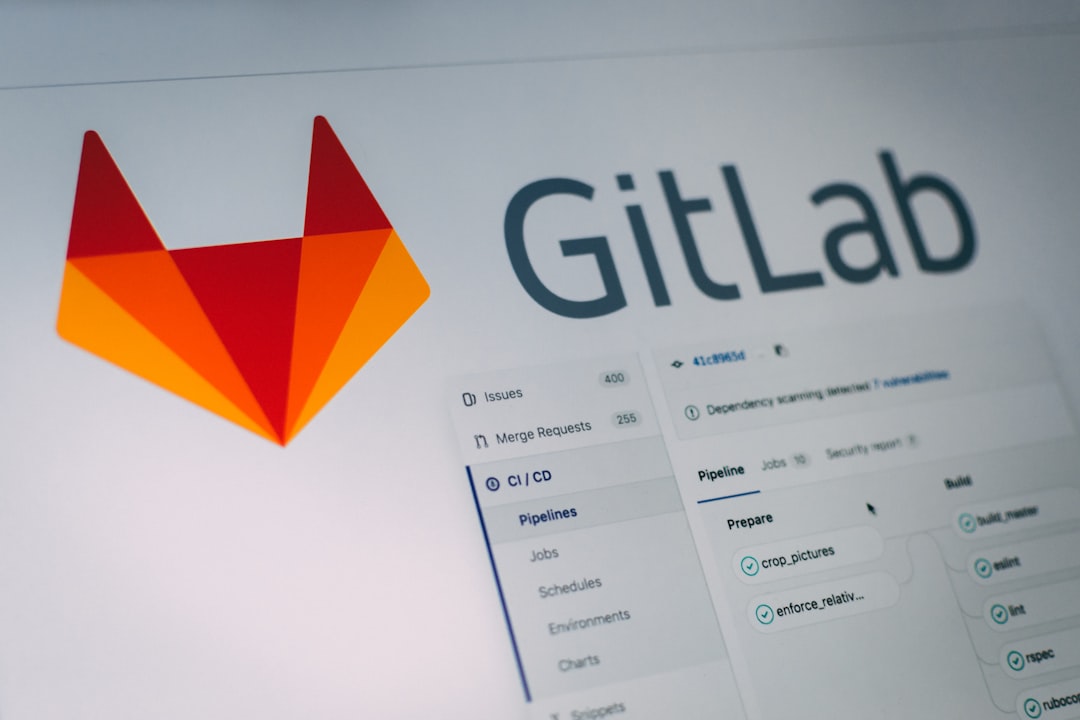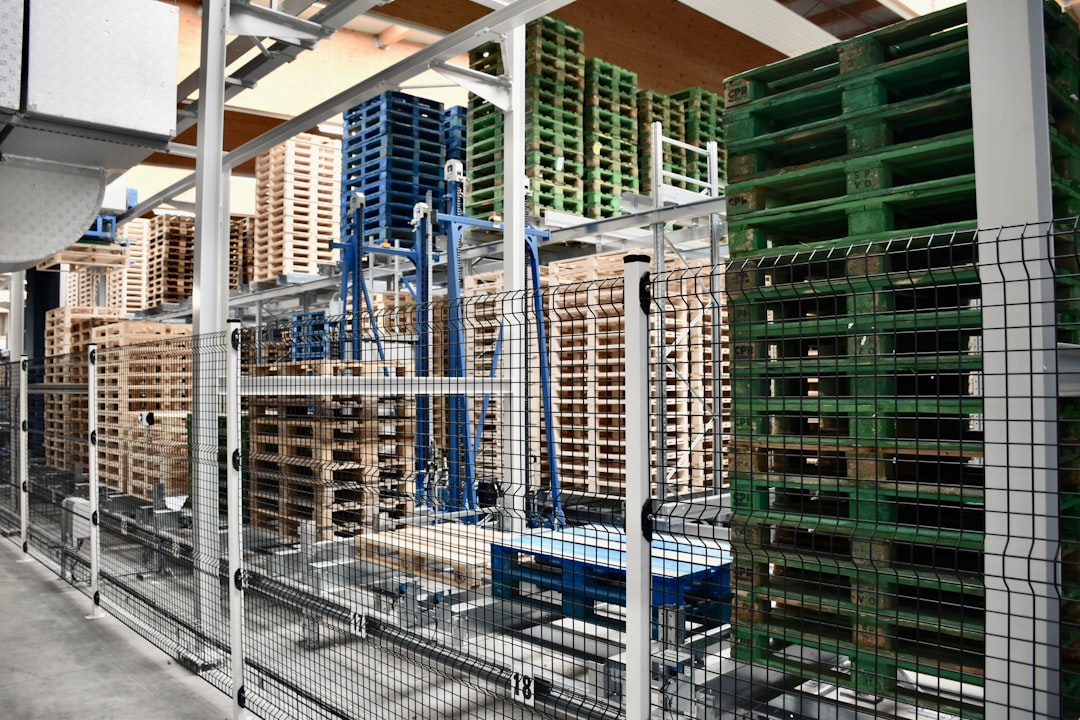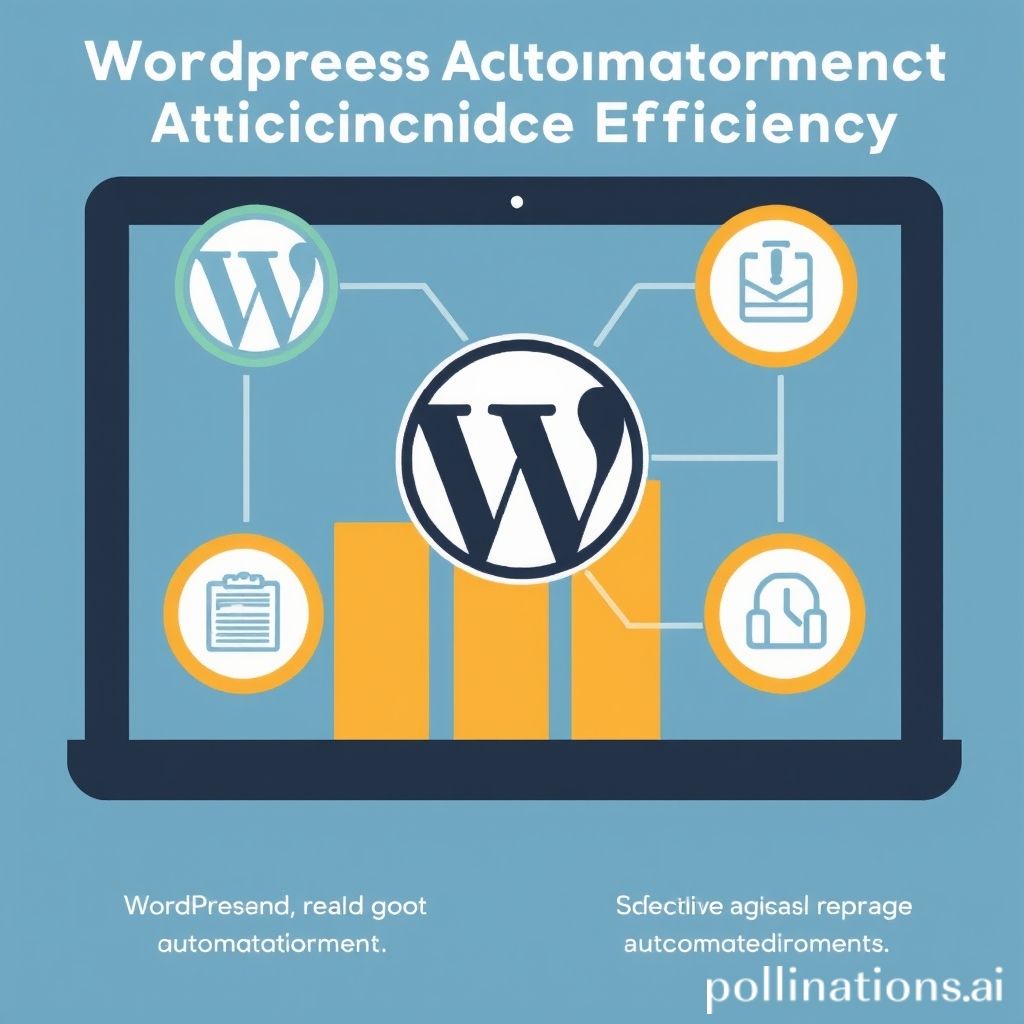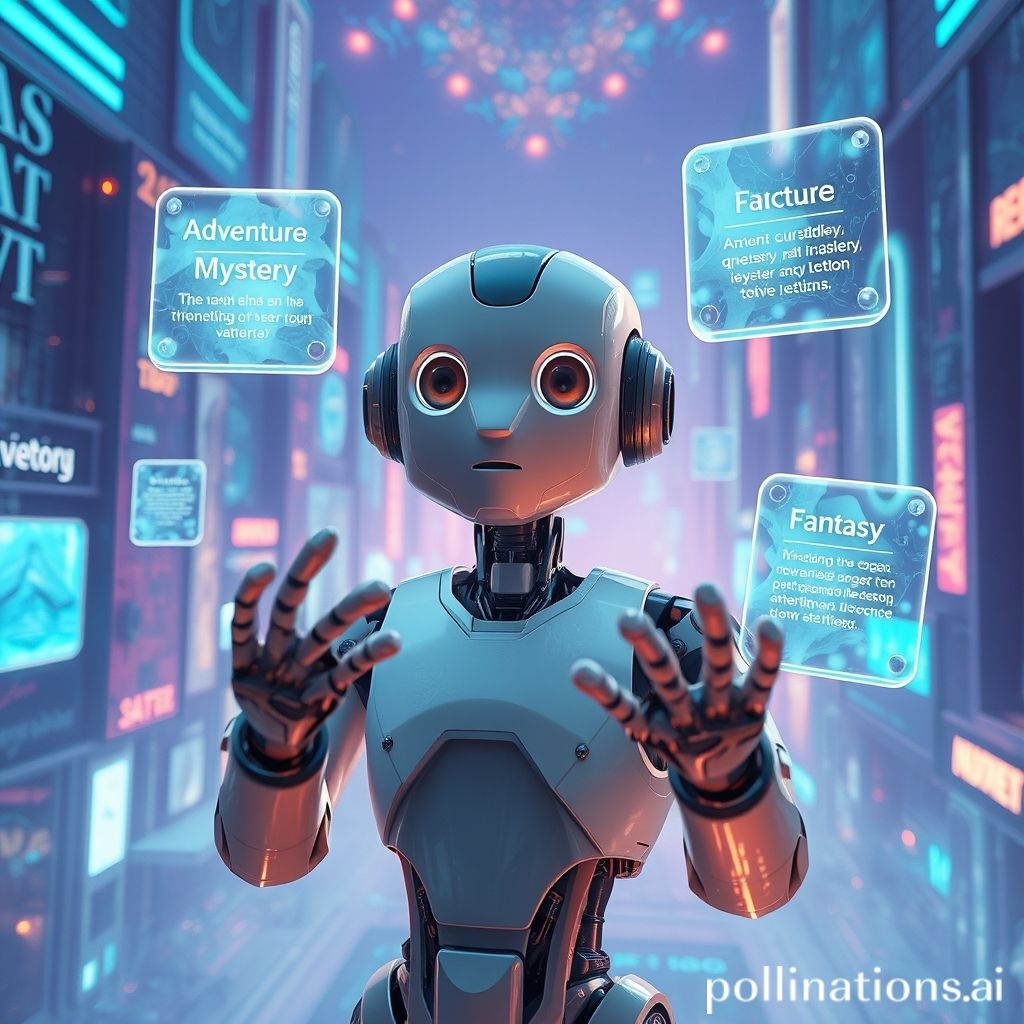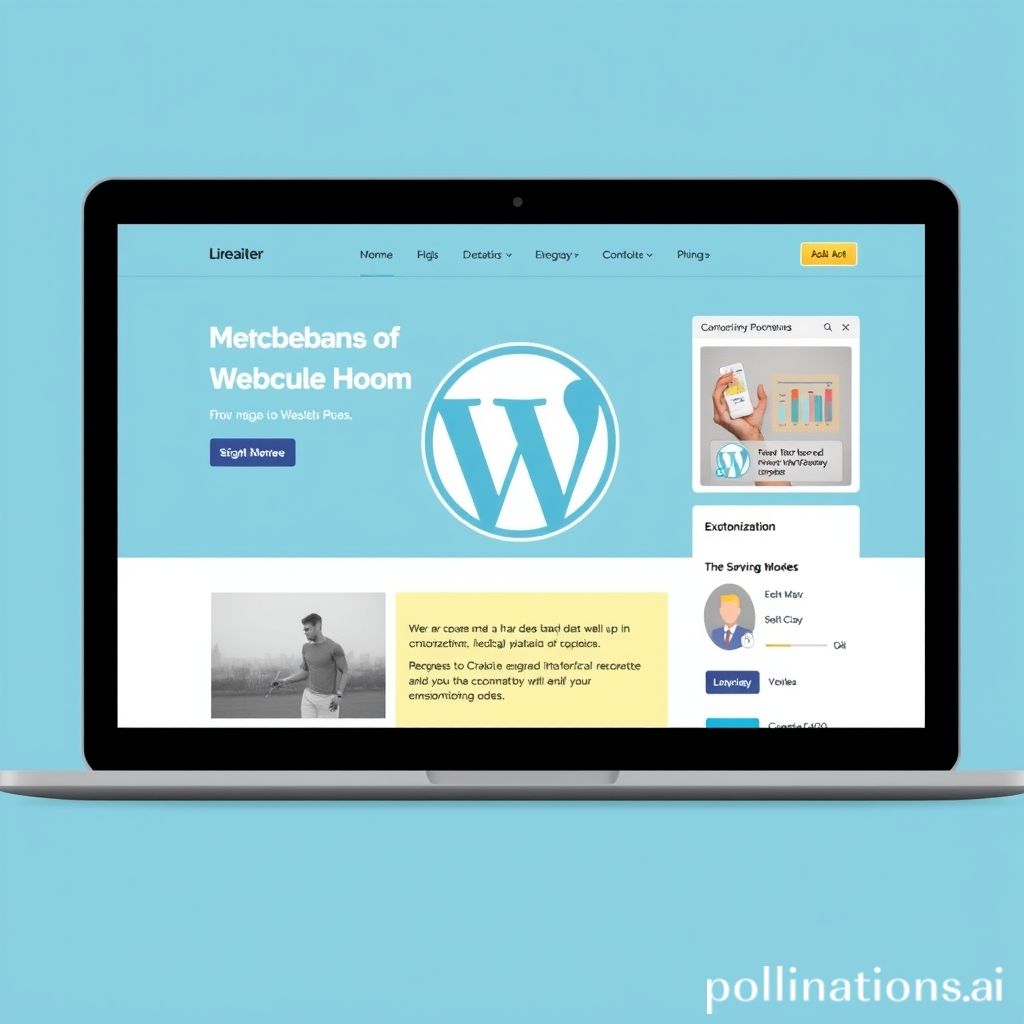Table of Contents
- Introduction
- Getting Started with AI-Powered Content Creation
- Choosing the Right AI Writing Tools for Your Needs
- Utilizing AI Content Generators: Tips and Tricks
- Automating Your Blog with AI Content Writer SaaS
- Enhancing SEO and Readability with AI Recommendations
- Integrating AI into WordPress for Seamless Content Automation
- Keeping a Human Touch: Balancing AI and Authenticity
- Future Trends in AI-Generated Articles and Blog Writing
- Conclusion
- Frequently Asked Questions
Introduction
In today’s digital age, the way we consume information is rapidly evolving. At the heart of this transformation is Artificial Intelligence, a formidable force that’s reshaping industries, including content creation. Gone are the days when crafting compelling website content was solely the domain of human writers. Today, AI offers unprecedented opportunities to enhance, streamline, and personalize the content creation process.
Imagine generating engaging articles, blog posts, or web pages at lightning speed, all while maintaining a tone and style that resonates with your audience. This is not a glimpse into the future, but a reality that’s unfolding right here, right now. As we dive into the ways AI can be harnessed to elevate your website content, prepare to discover tools and strategies that can transform your digital presence.
Whether you’re a seasoned content creator looking to integrate cutting-edge technology or a business owner eager to boost your online engagement, this guide will provide insights that are both practical and enlightening. Together, we’ll explore the intersection of creativity and automation, revealing how AI can be a powerful ally in your content strategy.
We’ll journey through the intricacies of using AI to not just create content, but to craft experiences that captivate and inspire your audience. Ready to unlock the potential of AI in content creation?
Getting Started with AI-Powered Content Creation
Jumping into the world of AI-powered content creation might seem like stepping into a sci-fi novel, but it ain’t rocket science! AI tools, much like trusty sidekicks in a grand adventure, are there to help you craft engaging content with ease. To get started, first pick the right tool that suits your needs – whether it’s writing blogs, creating catchy taglines, or even brainstorming ideas. Think of it as choosing the perfect brush for your masterpiece.
Now that you’ve got your trusty AI tool in hand, give it a whirl. Feed the tool with some initial ideas or topics – like planting seeds in a garden, you’ll soon see content sprouting before your eyes. And hey, don’t just sit back! Tweak and tailor that content to align with your voice and vision. It’s a bit like cooking; you’ve got the ingredients, but the seasoning’s up to you.
For a bit of imagination, play around! Let the AI provide a fresh perspective or a surprising twist. After all, who doesn’t love a plot twist? Keep in mind that while AI is a powerful ally with its endless energy, the human touch adds the sparkle. So, ready to dive in? Your readers? They’re waiting with bated breath!
Choosing the Right AI Writing Tools for Your Needs
When it comes to picking the perfect AI writing tool, oh boy, it’s a bit like choosing the best wand at Ollivander’s! With so many tools out there promising to sprinkle magic on your content, where do you begin? Well, the first thing to think about is what you really need from it. Are you aiming to craft breezy blogs, persuasive product descriptions, or perhaps engaging social media posts? Each tool comes with its own bag of tricks, and it’s up to you to align them with your goals.
Ironically, even the snazziest tools won’t do much if they can’t understand the nuances of your style, voice, or your audience’s needs. Some AI tools are like faithful old hounds, always there to help with grammar and style, while others are more like peacocks—great at eye-catching creativity but might miss the mark on precision.
Many years ago, a seasoned content writer, curious about AI, decided to give it a whirl. Lo and behold, the tool she chose managed to echo her vision, almost as if whispering words from her own mind. Sleek and intuitive, the software felt like finding that homey little café where everything just aligns: the blend of aromas, the warmth, and the sound of pages turning. And that’s the kind of harmony you want between your needs and an AI writing tool.
Utilizing AI Content Generators: Tips and Tricks
Hey there, content creators! So, you’re thinking about using AI to whip up some nifty articles, huh? Well, hop on, because this ride’s gonna be a game-changer. Imagine AI content generators as a trusty sidekick, always ready to lend a hand. But, watch out—a little guidance goes a long way! First thing’s first, know your audience. These tools can spit out words like a waterfall, but without a clear direction, they’re just splashing around. Keep your target reader in mind.
Now, here’s a nifty trick: don’t let the AI be a solo act. Mix its output with your words, like blending a smoothie. It gives the content a human touch. Oh, and those keywords that everyone’s buzzing about? Slide them in naturally. The more you engage, the better your content hits the mark.
Another tip: let’s not overlook editing. AI might come up with some quirky comparisons or a sentence that feels like a riddle. Your job? Polish that prose. AI generates ideas; you refine them. In no time, you’ll have content that sings like a canary in a coal mine—vibrant, alive, and resonating with readers. Let’s face it, combining tech smarts with a human heart is where the magic happens.
Automating Your Blog with AI Content Writer SaaS
Ever find yourself staring at the blinking cursor, waiting for inspiration to strike like lightning? Well, those days might be over with AI content writer SaaS riding to the rescue. Picture this: a digital assistant that never sleeps, tirelessly crafting blog posts while you sip your morning coffee. By automating your blog with AI, you get to dance with words without breaking a sweat. Yeah, it sounds like something out of a sci-fi tale, but it’s very much today’s reality.
AI content writing tools, like trusty sidekicks, help generate content by processing a vast amount of information in a blink. They’ve got language models so sharp, they could cut through writer’s block like a hot knife through butter. With these, you can scale your content production faster than a cheetah chasing its dinner. The cherry on top? You can tweak and tailor outputs to fit your unique voice, because who wants cookie-cutter content?
Now, don’t get me wrong; AI isn’t about to whip up the next literary masterpiece. However, it’ll sure take the load off repetitive tasks, leaving you with more time to add that human touch or brainstorm the next big idea. Ain’t that a win-win?
Enhancing SEO and Readability with AI Recommendations
When it comes to jazzing up your SEO game and readability using AI suggestions, you’re hitting two birds with one stone. Imagine AI as this savvy lighthouse, guiding content creators through the often foggy waters of SEO and audience engagement. Who would’ve thought, right? An AI standing in the corner like a quiet genius, giving you a nudge here and there, suggesting keywords that dance off the page and boost your visibility. It’s like having a secret recipe for Grandma’s comfort pie—brings warmth and familiarity.
Now, let’s not get ahead of ourselves. AI doesn’t just spit out robotic text, no sir. It helps refine your language, trim the fat, and make everything smooth as butter. With its keen eye, it turns jargon into plain talk, the kind that even your dog would wag its tail to. Metaphorically speaking, AI is the whisperer that tells you when you’ve gone a tad overboard with flashy adjectives and reminds you to keep it real. Just imagine you’re crafting a melody; AI ensures that each note resonates with clarity and purpose. All that, while making sure Google’s search bots give you a friendly nod of approval. Talk about a win-win!
Integrating AI into WordPress for Seamless Content Automation
Have you ever tried juggling while riding a unicycle? Well, integrating AI into WordPress for seamless content automation might feel like that at first, but trust me, it can become as smooth as butter on a warm pancake. Ah, the wonders of technology! With AI plugins, such as those nifty ones you find browsing the WordPress market, crafting content can be as easy as pie.
Picture this: you’re sipping your coffee, feet up on the desk, and your AI buddy is busy at work, generating blog posts, optimizing SEO, and even brainstorming topics that’ll wow your audience—all at the click of a button. Holy moly, it’s like having a digital assistant that never sleeps. These plugins don’t just sit there like bumps on a log; they actively learn and adapt to your style, creating a personalized touch that keeps your content fresh and engaging.
Incorporating AI tools can be a game-changer, turning what used to be a relentless grind into a thrilling ride. And with each quirk and feature, WordPress becomes more than just a platform—it transforms into a dynamic partner that helps bring your stories to life. So, why not give it a whirl? Sometimes, taking the plunge can open doors to unimaginable creativity.
Keeping a Human Touch: Balancing AI and Authenticity
As you dive into the digital seas, trying to whip up some good vibes with your website content, there’s a modern-day albatross you should befriend: AI. It’s a trusty compass, guiding you through uncharted waters with speed and efficiency. But hang on a second, don’t lose the human touch amidst all the zeros and ones.
Picture this: you’re crafting a tale about your cozy coffee shop. Sure, AI can churn out mountains of words faster than a barista can brew another round, but can it capture the aroma of freshly ground beans, or the warmth of a sunny nook by the window? Nah, that’s where your human heart comes into play.
Here’s a little nugget of wisdom: balance is key. Use AI to do the heavy lifting, handling repetitive tasks like formatting or SEO optimization while you sprinkle a little love and storytelling magic. It’s like having a robotic sous-chef while you’re the master chef, blending technology and humanity into a flavorful stew of authenticity.
Remember, while AI helps you soar through your tasks faster than a caffeinated cheetah, authenticity is the melody that keeps visitors hooked, lingering a bit longer, feeling right at home.
Future Trends in AI-Generated Articles and Blog Writing
As we stand on the brink of a brave new world, AI-generated content is not just a futuristic fantasy—it’s knocking on our doors, ready to step in. We’ve all heard the whispers, right? AI is like that old wise owl, perched high, seeing the unseen and, well, writing the unwritten. Imagine a world where content flows like water from the spring of ideas, never-ending and ever-refreshing.
Now, strap in for a bumpy ride! AI is evolving at a breakneck speed, set to change the landscape of blogging and articles as we know it. In the future, don’t be surprised when AI not only writes content but personalizes it, chatting away like an old friend who knows just what you need. Algorithms might soon be as crafty as Shakespeare, crafting stories that resonate to the core—heart and soul.
But hold your horses! Isn’t there a twist in every good tale? Humans and AI might soon find themselves in a delightful dance, blending creativity with computation. Yes, there’s a sprinkle of irony here, as machines adopt the craft we thought uniquely ours. One thing’s for sure, though—AI’s not just learning; it’s leaping into the limelight. And, oh, the places we’ll go!
Conclusion
In today’s rapidly evolving digital landscape, leveraging AI for content creation is not just an option, it’s a necessity. From enhancing SEO and improving readability to streamlining blog automation, AI tools are transforming how we interact with digital content. The synergy between human creativity and machine efficiency opens new vistas for storytelling and audience engagement.
Yet, to truly harness the power of AI, selecting the right tools is crucial. Tools like WPHorde (WPHorde) offer a seamless integration into platforms such as WordPress, making content automation effortless and freeing creators to focus on what they do best—conveying authentic, compelling narratives.
As we hurtle toward a future where AI-generated content becomes the norm, those who embrace solutions like WPHorde will secure their place at the forefront of digital innovation. Don’t get left behind in the digital dust. Seize the opportunity to revolutionize your content strategy today!



